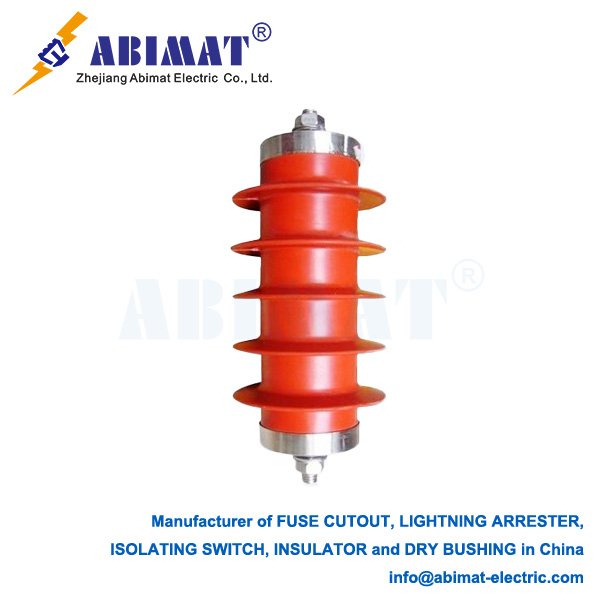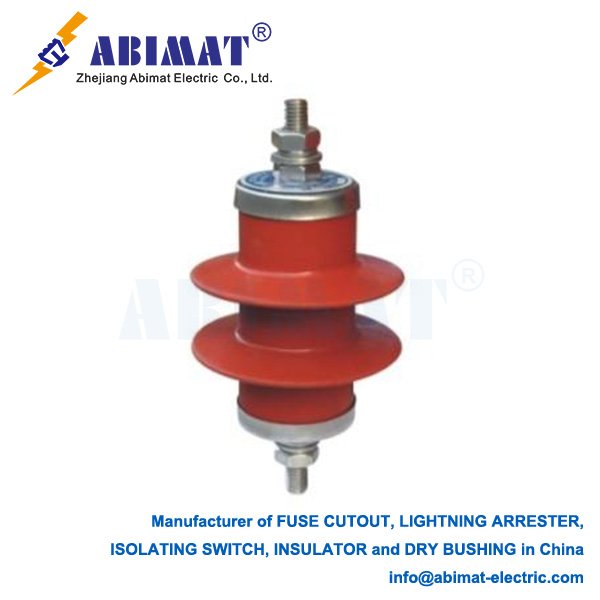Lightning Arrester for 22kV Systems: Essential Protection for Medium Voltage Networks
Lightning arresters are key protective devices in 22kV electrical distribution systems. They’re built to shield equipment from harmful voltage surges—surges that come from lightning strikes and switching work. For 22kV setups, the modern standard is metal-oxide varistor (MOV) arresters, the kind without series gaps. People choose them because they work better and more reliably than other types.
Operating Principle and Construction
The main part of a 22kV lightning arrester is a stack of zinc oxide (ZnO) discs, and these discs sit inside a polymeric housing. They have a very non-linear relationship between voltage and current. When the system runs at normal voltage—12.7kV from phase to ground for 22kV systems—the discs act like good insulators. But when there’s an overvoltage, they become highly conductive in nanoseconds. This quick shift sends surge currents to the ground, which keeps the voltage from rising too much—staying at a safe level. The polymeric housing helps too: it works well in polluted areas, repels water, and can handle impacts without breaking.
Key Technical Parameters
If you want to pick the right arrester, you need to check a few important ratings:
Rated Voltage (Ur): For 22kV systems, this is usually 24kV or 27kV. This rating lets the arrester deal with temporary overvoltages.
Continuous Operating Voltage (Uc): It needs to be higher than the system’s maximum voltage. For 22kV setups, this is usually 19kV.
Nominal Discharge Current: This is most often 5kA or 10kA. It’s the standard lightning impulse current people use to classify the arrester.
Residual Voltage: This is the voltage you measure across the arrester when it discharges. It has to be lower than the Basic Insulation Level (BIL) of the equipment it protects—and for 22kV systems, that BIL is usually 125kV or 150kV.

Application and Coordination
For 22kV systems, people install arresters at line entries, near transformers, and on switching equipment. These arresters need to pair well with the system’s insulation level and other protective devices. The protection level the arrester gives has to stay far enough below the BIL of transformers, circuit breakers, and cables—usually a 15-25% gap. This way, everything works reliably.
Maintenance Considerations
Regular maintenance has a few simple steps. You start by checking the arrester’s surface with your eyes—look for damage or tracking marks. Next, you make sure the grounding connections are tight and working right. You also read the discharge counter regularly to keep an eye on how it’s used. Sometimes you do other checks too, like leakage current analysis. These checks help you find arresters that are getting old before they stop working.
If you pick the abimat right 22kV lightning arresters and keep them maintained, they make the system a lot more reliable. They stop insulation from failing, reduce power outage times, and protect valuable equipment from short-term overvoltages.


